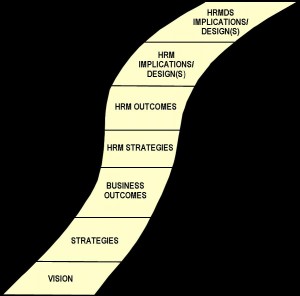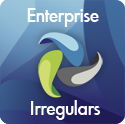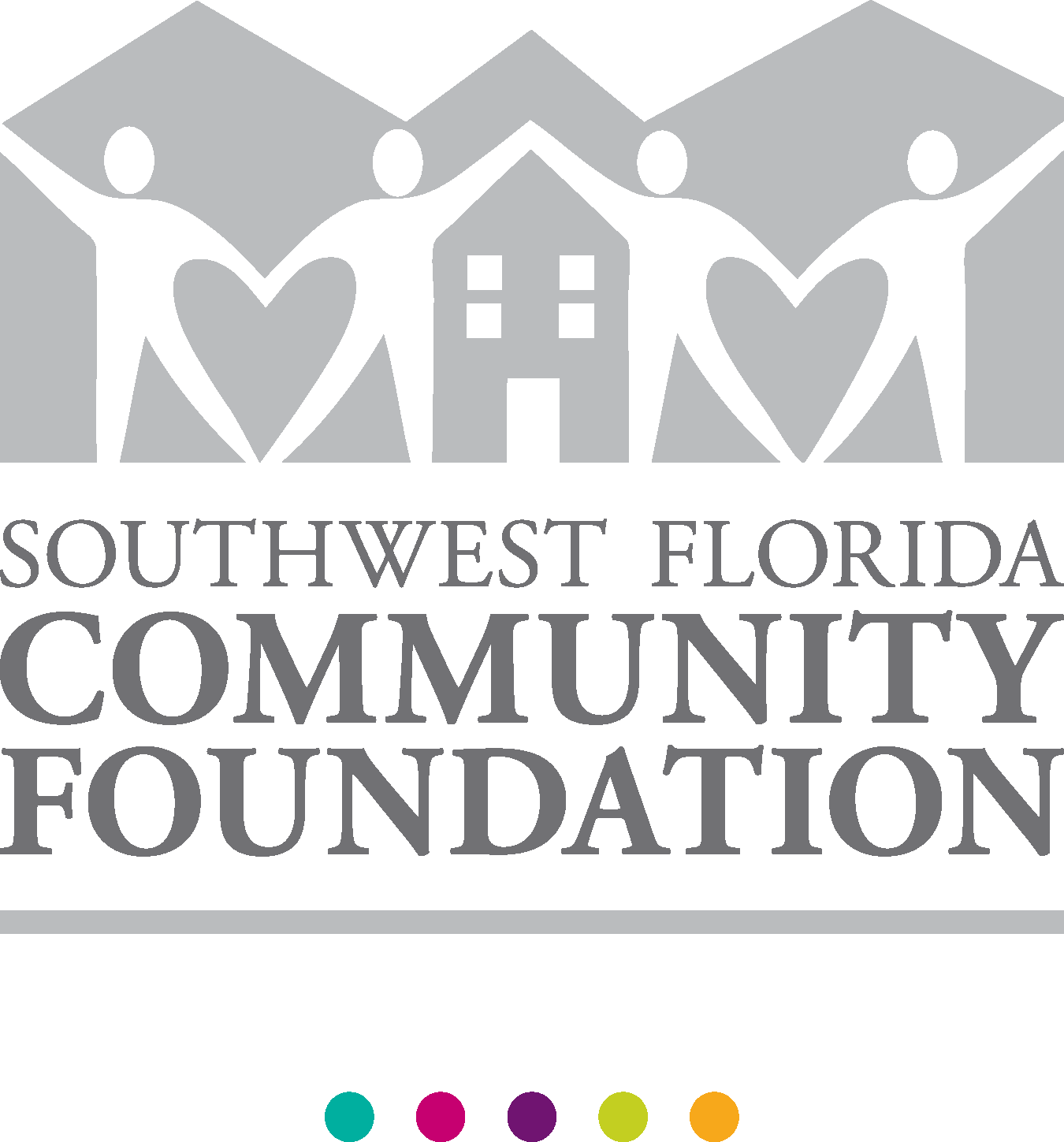 My apologies for the long detour from the Yellow Brick Road while I attended to heavy business travel, client deliverables, more shoulder rehab, and the final business details for closing on M/V SmartyPants. More on SmartyPants in a later next post, complete with pictures. For now, we’ve got a lot more work to do along the Yellow Brick Road to driving business results for our organizations.
My apologies for the long detour from the Yellow Brick Road while I attended to heavy business travel, client deliverables, more shoulder rehab, and the final business details for closing on M/V SmartyPants. More on SmartyPants in a later next post, complete with pictures. For now, we’ve got a lot more work to do along the Yellow Brick Road to driving business results for our organizations.
When last we met, we were focused on understanding, for our own organizations:
1) The overarching vision, goals, strategies, which were covered in Part I; and
2) The needed business outcomes, their target values and achievement time frames, which were covered in Part II.
With those steps along the road now completed — but you can circle back at any time to these earlier posts for a refresher or to catch up with the rest of our tour group — it’s time to focus on the people side of the business, on what I call human resource management (HRM).
Please be very careful here to separate the concept of the HRM business from the responsibilities of the HR function. There are many workable ways in which organizations group and assign responsibilities for the definition and achievement of HRM business strategies, HRM business outcomes, and the HRM delivery system (HRMDS), from design through implementation and ongoing support. This methodology does not presume any particular organizational design. But it does presume that the HR function does not have full responsibility for every aspect of HRM. Even when the HR function provides leadership to every aspect of HRM, the execution of much of HRM is still in the hands of:
- Managers at every level;
- All members of the workforce;
- Those seeking to join our workforce as well as those who used to work for us; not to mention
- All of their family members who may be covered by one or more total compensation plans; and
- The members of their social networks upon whom they call routinely as a part of doing their work.
With respect to developing or refining our HRM business strategy, we have to answer very similar questions to those we asked about the organization as a whole:
- What must the HRM business (led by the HR function) do well to enable the organization to achieve its vision?
- By what HRM business strategies will the HRM business enable the organizational business strategies, i.e. help drive customer satisfaction, shareholder value, and workforce effectiveness?
- What HRM business strategies are needed to address specific issues that the organization faces? To ensure that needed organizational outcomes are achieved?
- What HRM business strategies are needed to overcome specific obstacles to achieving the organizational vision?
Before leaving our HRM business strategy, we must add those pesky business outcome measures:
- How will the organization recognize, via objective measures within a defined time frame, to what extent its HRM business strategies are achieving the intended results?
- By what measures and target values within a defined time frame will the organization’s progress toward its HRM business strategies and results be validated and/or problem areas revealed?
In my view of HRM business strategy, unless you can assign a specific metric, target value and time frame to achieving that strategy, there’s no way to make the business case for or to decide on the best tactics for achieving it. Therefore, I always accompany strategy development with the development of those critical business outcomes. In many cases, figuring out the needed HRM business outcomes leads you to the relevant strategies, so I could argue that this step along the Yellow Brick Road might precede the previous one. But regardless of the sequence here, what’s important is that we get VERY clear and specific about what we must accomplish in HRM — and by when.
With our HRM business strategy and outcomes defined, the next step along the Yellow Brick Road to driving business results is to consider what changes — and there are likely to be many if you take this route — are needed in our current HRM organizational and programmatic designs:
- Do our current HRM programs, practices, and plans focus, laser-like, on achieving these strategies and their needed outcomes?
- Do we have the needed HRM data, information, metrics, analytics, forecasts, and knowledge to achieve those strategies and outcomes (and here we might add the need for all of this to be highly automated and easily accessible to everyone, because HRM is everyone’s “job.”)
- Do our HRM business rules, workflows and procedures, and our overall programmatic designs support these strategies and needed outcomes?
- What about our HRM and HR function’s operating models?
- Do our HR professionals, managers, and everyone else involved in HRM have the needed capabilities and competencies to do their part in achieving these outcomes?
- Have we provided them with the necessary tools to carry out their responsibilities (oops, we’re sliding right into HRMDS considerations, but they do lurk inside every aspect of HRM).
It obviously takes real depth of knowledge and technical expertise in HRM to be able to formulate the best HRM strategies for supporting the organization’s business outcomes. And even more knowledge and experience is needed to translate those HRM strategies into specific recommendations for changes in the design of HRM programs, practices and plans. But that’s what strategic HRM is all about — doing those things in HRM which explicitly and provably contribute toward achieving the organization’s stated business outcomes. That doesn’t mean that we can opt out of the more administrative, including the compliance, aspects of HRM, but we must find ways to get the basics done well and at minimal cost and risk so that we can focus to the greatest possible extent on that which moves the organization forward. If this approach to HRM sounds like it creates excellent opportunities for automation and outsourcing, you’re absolutely right, and we’ll tackle both of this topics in Part IV, the final installment of this guide to the Yellow Brick Road.
This is usually the second point in my explanation of the Yellow Brick Road methodology (see Part II for the first detour) when my client says: that also sounds great Naomi, but our organization doesn’t have quite so explicit an HRM strategy with associated outcomes, or our HRM strategies are under review, or we’ve just gotten a new HR exec, and who knows where she’s going to want to take us. That’s when I again say to my HR leadership team, perhaps we could facilitate a workshop of some type that would provide us with enough guidance (not to mention getting the HR organization on track strategically) to support the rest of our journey down the Yellow Brick Road. After all, the goal here isn’t PowerPoint presentations but an effective organization supported by excellence in HRM and the HRM delivery system, and we’re not going to get there if we don’t know where we’re going.
And so begins another picturesque side trip to see what travel pleasures await us. To get such a workshop started, I usually use some version of an HRM issues list, adapted to the specific organization’s already established business strategies and outcomes, as a starting point for considering the specific issues that the people side of the business, the HRM business, must address and overcome in order to ensure that HRM contributes as much as possible to achieving the organization’s business outcomes. I use four very different levels of HRM issues, from meeting the obvious administrative HRM needs efficiently and effectively to addressing much more strategic issues. And, since we can’t improve, at least not predictably and reliably, what we can’t measure, we must include in how we tackle these issues the definition of and setting target values for the relevant metrics.
My current working list of these issues begins with HRM operational efficiency issues. Here we must do more of what’s required in HRM with fewer resources:
- Control unit labor and HRM costs while meeting rising organizational needs and worker expectations;
- Minimize the impact of regulatory compliance on organizational costs and flexibility;
- Control unit HRM service delivery costs and improve service delivery quality, timeliness and agility;
- Reduce the complexity of dealing with and improve the responsiveness of the HR function;
- Assimilate acquisitions and mergers efficiently, e.g. in the fastest time-to-productivity of the retained workforce; and
- Manage a workforce that is increasingly not just employees.
Addressing well this first set of issues is barely table stakes. These are the things that we must do reliably, every day, with no surprises and with provable benchmarks. This is about running (or outsourcing) the administrative HRM factory. There’s nothing here that really addresses strategic business needs or improves revenues or profits materially. But get these wrong, and the noise level and management distraction sucks up all available energy, leaving the much more important aspects of HRM unaddressed.
Next up are HRM operational effectiveness issues. This is where we focus on doing the right HRM things well:
- Provide managers with accurate, timely, visible and actionable workforce data, HRM metrics/analytics, and expertise as “point of sale” embedded intelligence;
- Increase the self-sufficiency and productivity of the workforce;
- Manage a workforce that is increasingly telecommuting, working flexible hours, taking parental leave, past the usual retirement age, culturally and generationally diverse, spread across many time zones, speaking many languages, working under very different levels of infrastructural development, etc.; and
- Deploy workers in the fastest possible time, lowest possible cost, and greatest level of engagement-to-productivity.
There’s a huge and really important difference between paying people on time and correctly (as in operational efficiency) and designing/implementing/administering pay plans that incent (I HATE the bastardization of incent which is incentivize) and reward the desired behaviors and outcomes; between telling managers what their turnover is and telling them what it means and how to improve the situation; between handling grievances by the book and rewriting the book to eliminate the source or subject of those grievances; and between having a bench and having real bench strength. These differences are where HR professionals live, so no need to belabor the point. But it is useful to note that here’s where we extend what’s expected of the HRM delivery system and of HRM policies and practices beyond mere correctness and efficiency in the HR operations factory. Here we’re expected to bring the added value of better/more useful HRM products and services, not just faster and cheaper ones. Unfortunately, in today’s very challenging business environment, doing these things well is also becoming table stakes.
HRM organizational effectiveness issues, when addressed properly, help increase the quantity and quality of what the overall organization achieves:
- Attract and retain the best workers for their specific needs, both as to competencies and cultural fit, at the right labor costs;
- Improve durably the match between worker competencies and the demands of the work;
- Increase/sustain the integrity, loyalty, engagement, focus and, most importantly, the business results of workers; and
- Create and sustain flexible organizational designs to include multiple concurrent hierarchies, product/service, customer and/or geographic matrices, and project teams with complex reporting relationships.
These are the issues that begin to impact, in a material way, the ability of our organizations to achieve their goals. This is where we move beyond what’s expected to what’s needed from HRM. This is where administrative HRM gives way completely to strategic HRM, to talent management in the vernacular. We can’t even begin to tackle these issues without a firm understanding of the capabilities we need in our workforce, where to find those capabilities, how to grow them, etc. Without KSAOCs and KSAOC-centric HRM processes tuned up and running smoothly, there’s no way to do this well.
But the holy grail in HRM is to resolve the organizational success issues. This is where we help increase the value of what our organizations achieve by ensuring that we can:
- Collaborate beyond the organization’s “walls”, with suppliers, customers, communities, regulators, labor organizations, educational and research institutions, free-agent workers, etc.;
- Institutionalize continuous learning, innovation, leadership development, collaboration, and change management;
- Use KSAOCs/competencies to drive/optimize all HRM and work processes;
- Create deep and broad leadership capabilities, i.e. bench strength, across all the relevant geographies and competencies;
- Deploy workers quickly to their most profitable uses; and
- Scale (or shrink) the organization quickly in terms of size, geographic dispersion, business diversity and/or workforce diversity in response to changing business requirements.
When HR colleagues tell me that they’re having difficulty making the business case for further investments in their HRM delivery systems, in HR technology or in HRM policy, plan, practice and organizational transformation, I tell them that this is where that business case lives — or doesn’t. This is where you draw the line of sight to what your organization really needs from HRM — or you don’t. When I started in computers, in the 60’s, the business case for early automation was obvious. I got the “Hatchet Lady” nickname from one of my nephews because those early automation projects wiped out the jobs of hundreds, perhaps thousands, of clerks with their quill pens and abacuses. Our early business cases were all about headcount reductions. Even into the 80’s and 90’s, before distributed data entry, which we may have called self service but which was really about moving data entry to the source, did away with the rest of them, there were legions of clerks to downsize. But those legions are long since gone in most developed economy organizations, and now we have to — and should have to — tie our investments (of not only $$ but also bandwidth, risk-taking, scarce HR competencies, etc.) to achieving those larger organizational outcomes.
If you’ve come this far, hoping that I would get to the HRM delivery system implications of all this, you’re right — I will. The final installment of the Yellow Brick Road travelogue, Part IV, will be posted in about a week, but you’ll need the results from the work described here in order to complete the journey.






[…] Follow The Yellow Brick Road, KSAOCs, Strategic HRM, Strategic HRMDS Planning, Talent Management | Leave a comment | Edit this […]
[…] Follow The Yellow Brick Road, KSAOCs, Strategic HRM, Strategic HRMDS Planning, Talent Management | Leave a comment | Edit this […]